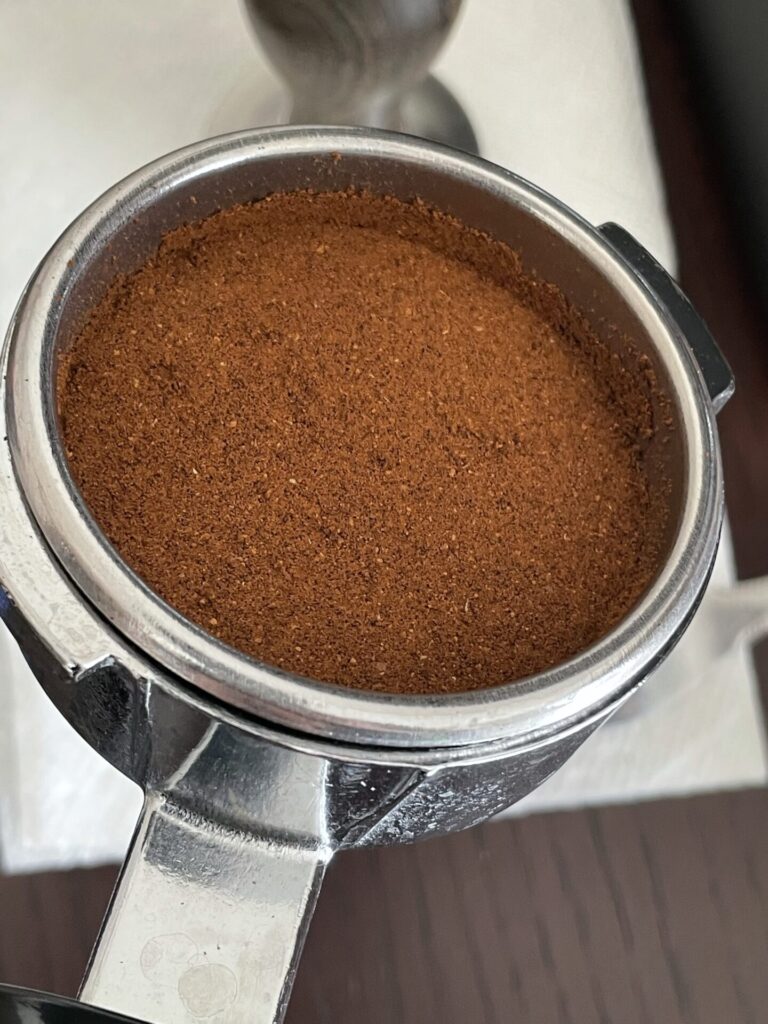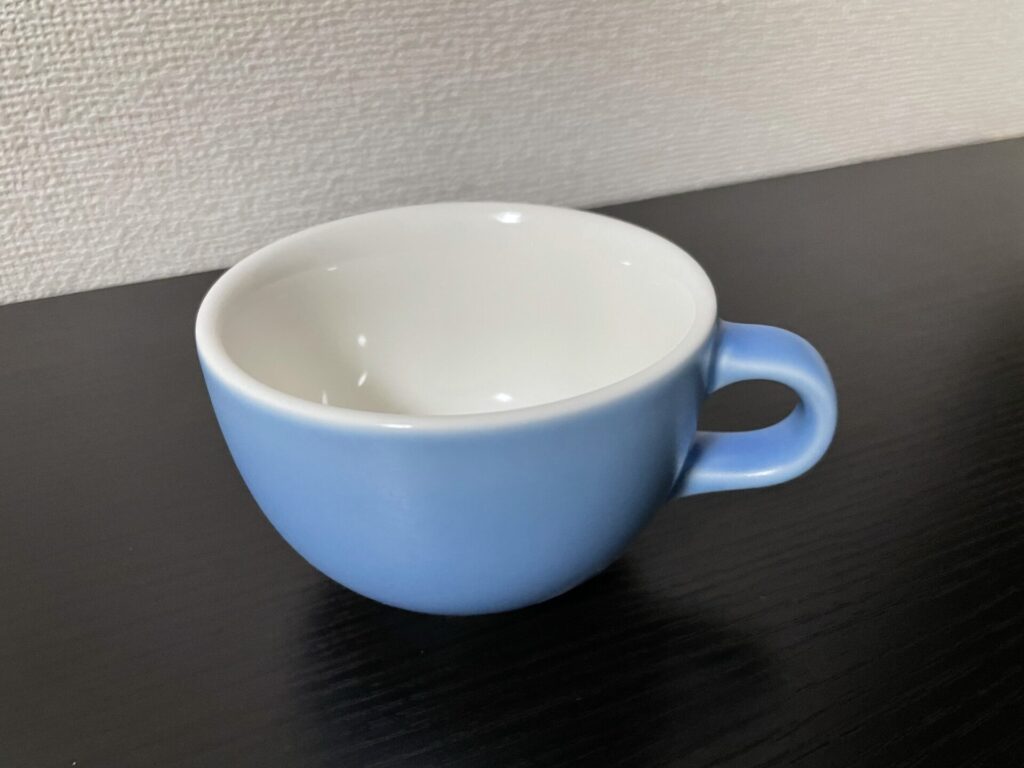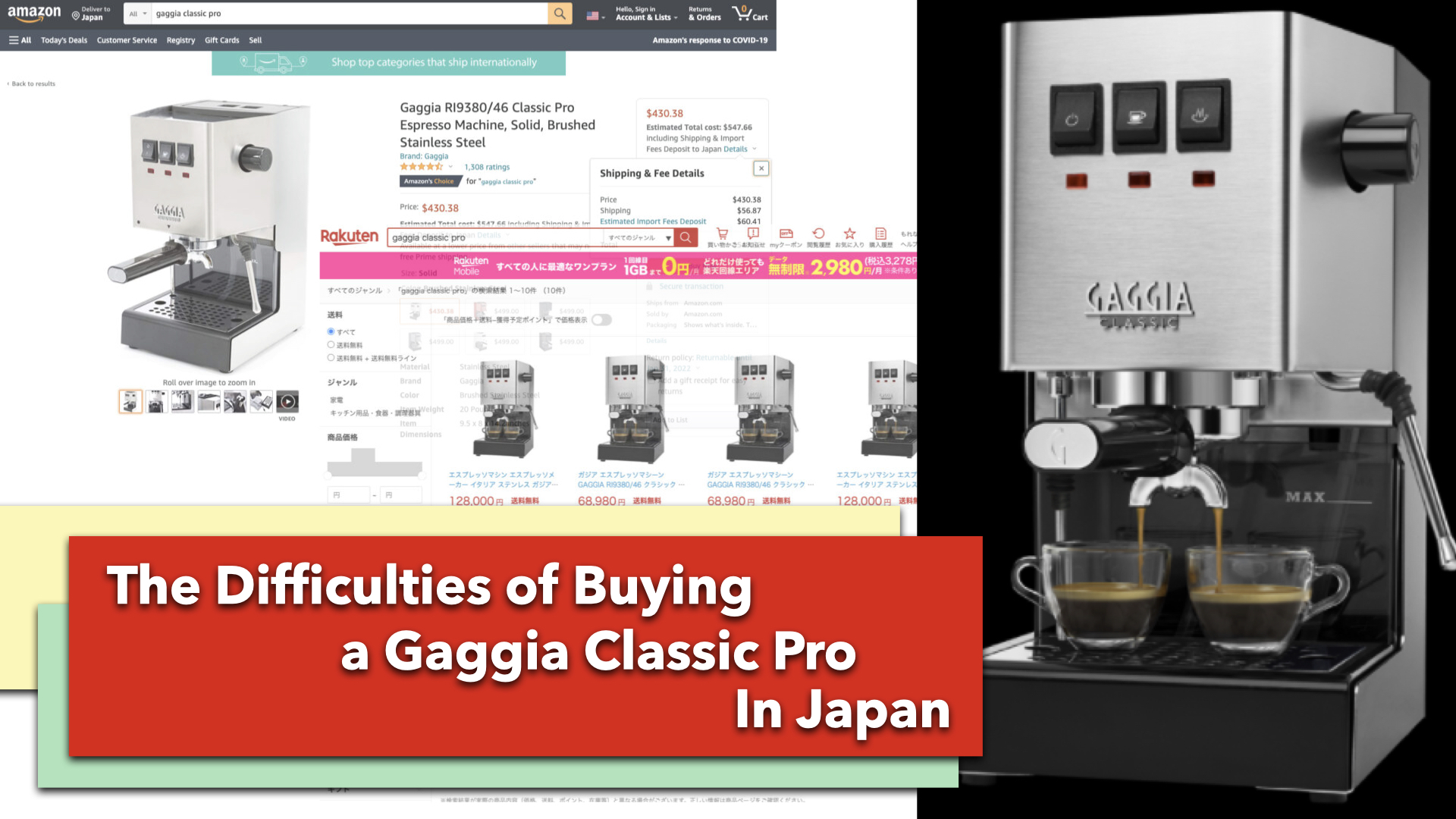Hi everyone!
So maybe you bought an espresso machine, like I did recently, and are wondering if there is anything else that you need to buy to use your machine.
And of course the answer is yes. There is actually a lot of things you need. The machine alone will not let you make espresso.
I will list out everything you will need, and share with you my personal picks. (But please note, I’m a first time buyer as well, so they may not be the best choices)
Before we get started, one key thing you will need is an espresso capable grinder. This is a big topic so I wrote a separate post here. In my case, I own a TIMEMORE SLIM PLUS which I have used for filter brewing. It technically works for espresso as well, so I will be using this for a while until I get myself a proper espresso grinder.
Things that you MUST get
Tamper
I’m sure people that got to this post will not need me to say this but, a tamper is a tool to tamp the coffee grounds you put in your portafilter basket.
There are a whole load of different tampers out there. You can get a traditional tamper, a spring loaded calibrated tamper, a palm tamper, and a number of other types exist. This would be an interesting topic to dive into in the future.
When you buy an espresso machine, it may come with an included tamper. So please check this before you run off an buy an unnecessary one.
For my case, I bought the Gaggia Classic Pro, which I would say is a popular choice for many. The Gaggia Classic Pro does come with something which is technically a “tamper”, but it simply sucks. Its a very flimsy plastic tamper (which isn’t even flat by the way). I strongly suggest getting a proper one.
I chose to go with a very traditional tamper. Nothing very expensive, but one which is properly made of stainless steel and has some weight to it.
It is a no-brand Chinese made tamper which cost about $20 USD. I must say I was not expecting too much, but was pleasantly surprised by its quality.

It seemed very well machined, and had a nice feeling wooden handle.

The thing you want to check when choosing your tamper is its size. Make sure that it is the correct size for the basket that your machine uses. For the Gaggia Classic Pro, this is 58mm.
The slightly confusing thing is that you sometimes find tampers which are 58.3mm. These are more accurate tampers (usually found on more expensive ones). It is meant to better fit the size of the basket. When you tamp with a normal 58mm tamper you get a tiny bit of grounds left on the sides of the basket as seen in the photo.

This is annoying and it could technically lead to uneven extractions. If you get a perfectly fitting basket and the precisely machined tampers (like the 58.3mm ones), you can avoid this from happening. But you should probably worry about other things when you are just starting off anyway. So I suggest going with an affordable normal 58mm one.
Cleaning supplies
You must properly take care of your machine. Because by doing this you should be able to use it for a very very long time. I hear its usual that espresso machines last over 10 years.
For maintenance you will be needing, Cafiza, blind basket, and some descaler.
For regular cleaning, you will be using some Cafiza cleaner (note: it doesn’t have to be CafizaA , but it does seem to be the go to standard) and a blind basket.

A blind basket is a basket with out any holes in it. You put some Cafiza in the blind basket and run what’s called a back flush to clean out the group head. I will write a detailed post about this soon.

You might want a brush to clean out the group head, but you could probably use a tooth brush for this.
Another thing you will need is a descaler. This is a product you use to remove any limescale built up inside your machine, especially the boiler. Apparently this the number one cause of machine failure so make sure you do this every so often.
Limescale build up greatly depends on the water you use in your machine. In Japan, the tap water is very soft water so build up should be less of a concern compared to places with hard water.
The specific descaler you use should match the machine that you own. This is because different machines use different metals for their boilers, and you want to make sure that your descaler does not damage your boiler. Check your machine manufacturer’s recommendations (or some other references) to be sure.
Milk Pitcher / Jug
If you are planning to make some milk drinks with your espresso machine, you will also need a milk pitcher or jug. This will be a very important tool if you want to pour some latte art.
When you choose a pitcher, choosing the right size is important. You should get the right size for the drinks you want to be making. If you have a pitcher which is too small, you will have a difficult time pouring latte art. On the other hand a pitcher too big will be difficult to steam with. If you are going for a typical latte art bowl of 6oz (180ml) the pitcher should be about 12oz (360ml) or slightly bigger.
Another differentiating factor when you want to pour latte art will be the shape of the spout. Broadly speaking you can have round spout and narrow spouts. Different spouts are good for different patterns.
I really want to learn some latte art so I went ahead and got a pretty nice well known pitcher from WPM. It was slightly pricy at around $30 USD in Japan, but it really does feel very well made.


Latte Bowl
For latte art you will also need a cup. A latte bowl is a cup with wide opening so that you have a big area to draw your latte art. Also they usually have a rounded bottom which helps incorporate the milk with your espresso.
A typical size is 6oz. But choose whatever you like. It is a cup after all so get one with a design you like.
I chose one from ORIGAMI, a Japanese coffee equipment maker famous for the ORIGAMI drippers. They make some very high quality ceramics.


Espresso shot glasses
You can’t forget some shot glasses for espresso.
I chose the double walled PAVINA glasses from Bodum. I regularly use their bigger size cups for filter coffee, they are just so nice.

Knock Box
Put in simple terms, a knock box is just a small rubbish bin with bar across the top. You can knock your portafilter on that bar to literally knock the coffee puck out.
This probably is optional if you have a bin already. I personally didn’t get one.
Things you WANT to have
The following list is some stuff that you don’t necessarily need, but will definitely improve your espresso.
Bottomless Portafilter
I wrote a post describing these in detail, but simply put these are portafilters without spouts.
They let you observe the bottom of the basket as you are pulling the shot. By doing this you can identify issues in your brew such as channeling. This will be a valuable tool in improving your puck prep and other skills. (And espresso flowing out of the basket just cools so cool!)
Another benefit is that they take up less height than spouted portafilters. This will allow you to use larger cups, or more importantly fit a scale below your cup.
Also they are a bit easier to tamp since they have a flat bottom.
Make sure you buy a portafilter which is compatible with your specific machine. The first thing you need to watch for is the size. 58mm if you have a Gaggia Classic Pro. The tabs which lock into the group head are at different positions on some machines so watch out for that as well.

Precision Baskets
Espresso machines will usually come with some stock baskets. They are absolutely fine to start off with, but they say that a high precision basket really boosts your espresso quality.
The biggest difference with stock baskets and precision baskets are their machining accuracies. The holes in the stock baskets tend to be in consistent and this leads to uneven extractions of your coffee puck. I wrote a bit more about this in this post covering baskets.
This is something that I would like to eventually buy.
Distributer
A distributer is a tool which helps you level the coffee puck before you tamp it.
There are a variety of different types of distributers, such as the OCD (ONA Coffee Distributer) tool, WDT (Weiss Distribution Technique) tool, etc…
There’s a lot to get in to and experiment in this area as well, so I will look forward to getting my hands on these and trying them out in the future.
Summary
There are quite a few things you need other than your espresso machine. Hope you left a bit of budget for these things as well.
Actually collecting and trying out different types of these little tools and upgrades will be the fun part. (It’s not often that you will be able to buy a new espresso machine or grinder).




コメント